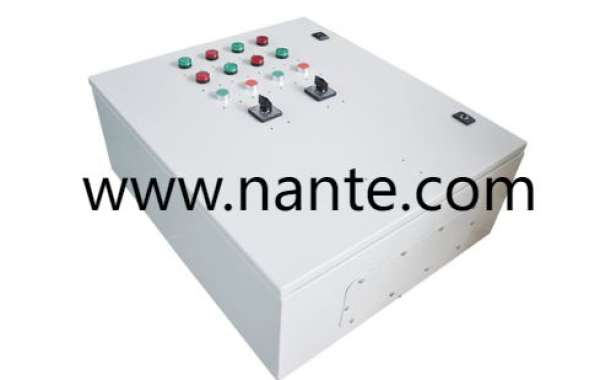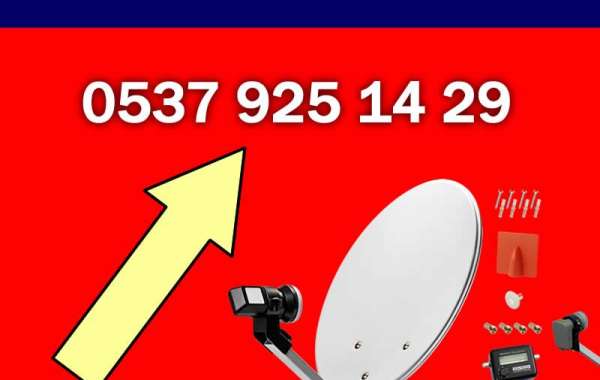Homeowners aiming for a streamlined interior often ask how an Electrical Socket Box can be hidden without losing everyday convenience. Concealment strategies now balance tidy aesthetics with safe access and serviceability. As remote work and compact living grow in prominence, subtle finishes and clever routing help integrate power points into modern layouts while keeping inspection and repair straightforward for technicians.
Start with placement choices that reduce exposure and simplify access. Positioning a unit behind furniture panels or inside shallow alcoves keeps faces flush with wall finishes while leaving covers reachable for adults. In kitchens and family rooms, consider installing access plates behind furniture or within toe kick zones so cords remain out of sight. These approaches lower visual clutter and let décor choices take center stage without sacrificing routine use.
Material selection for trim and surrounding finishes makes a big difference. Use removable panels that match paint or veneer for a seamless look. Magnetic closures offer quick access during checks yet avoid visible fasteners. For damp locations, choose seals that prevent moisture ingress while enabling simple removal for maintenance. When installers plan with replaceable parts in mind, later servicing avoids cutting into finished surfaces and keeps labor time modest.
Cable management plays a major role in a neat outcome. Run feeders through dedicated chases and leave gentle service loops inside an accessible compartment so future changes require minimal disturbance. Route low voltage wiring separately to protect signal integrity. Clear labeling at each termination point speeds fault finding and reduces the time spent inside cramped cavities, which benefits both safety and convenience.
Safety should guide every hiding technique. Choosing covers that allow airflow prevents heat accumulation while keeping contacts shielded. Installers should ensure that access panels do not trap heat producing devices and that seals do not obstruct vents. Where child safety matters, tamper resistant plates and built in shutters add protection without disrupting the clean surface line. These measures reconcile appearance with everyday risks in active households.
Smart features now extend what hiding can do. Remote monitoring sensors placed near terminations report unusual voltage or temperature shifts so homeowners can spot issues without opening panels. Wireless switches let occupants operate devices while covers stay closed. When these elements are combined with straightforward mechanical access, families enjoy a calm environment with practical oversight.
For public or shared spaces, modular concealment allows restricted access when needed. Lockable panels or clipped trim that accepts a simple padlock provide venues the option to control service points during events. At the same time authorized staff can open housings rapidly for checks. This flexibility supports varied use cases from quiet corners to busy communal areas.
Finishing touches matter. Soft edges reduce the chance of accidental bumps, while color matched plates make outlets disappear into their surroundings. Magnetic or recessed pulls avoid visible hardware and preserve clean lines. When design and installation teams coordinate early, they can hide junctions without compromising wall structure or blocking required clearances.
Maintenance planning should be part of any concealment project. Provide technicians with clear diagrams and mark panel locations on building plans to shorten future visits. Keep spare trims and fasteners in an accessible kit so replacements match original finishes. If components wear, swapping a gasket or hinge is faster than cutting into drywall and refinishing, which minimizes disruption for occupants.
Sourcing fixtures from manufacturers that document installation steps and that supply accessory kits makes the process simpler. Look for models that accept standard mounting plates and that include recommendations for spacing and sealing. When procurement aligns with service capacity, handover goes smoothly and post installation checks flow without surprises.
If you are ready to reimagine how power points fit into living spaces while preserving safety and serviceability, explore product choices and accessory sets that are designed for tidy concealment. For models, visual guidance and installation notes visit www.nante.com/product/ . The site offers imagery and descriptive information to help planners and installers match units to wall types and finishing schemes, and it provides support materials that simplify maintenance planning for both new and renovated interiors.








